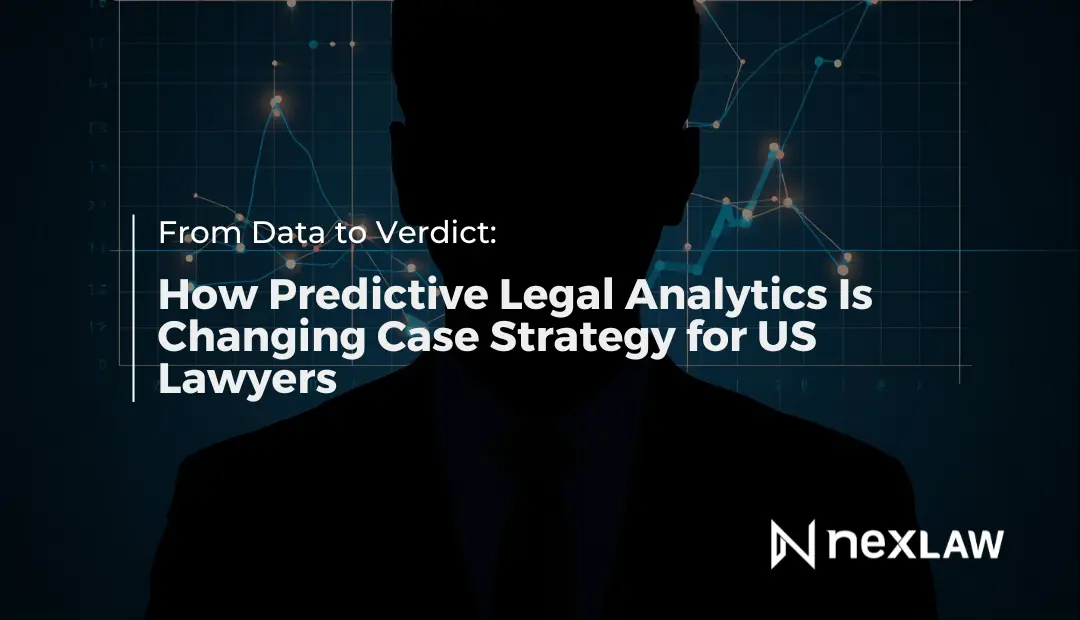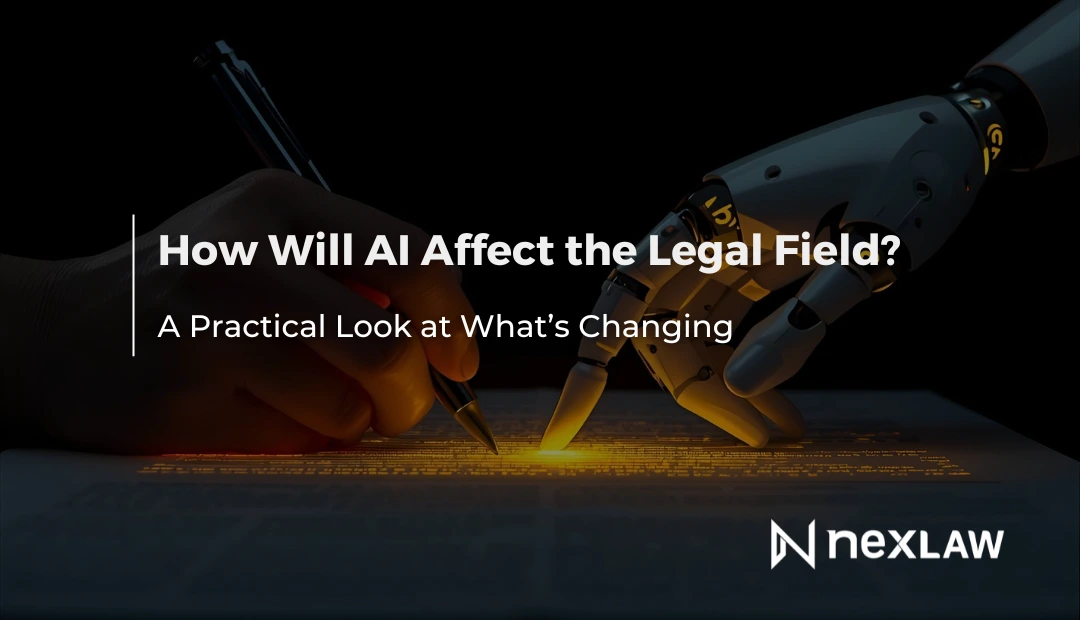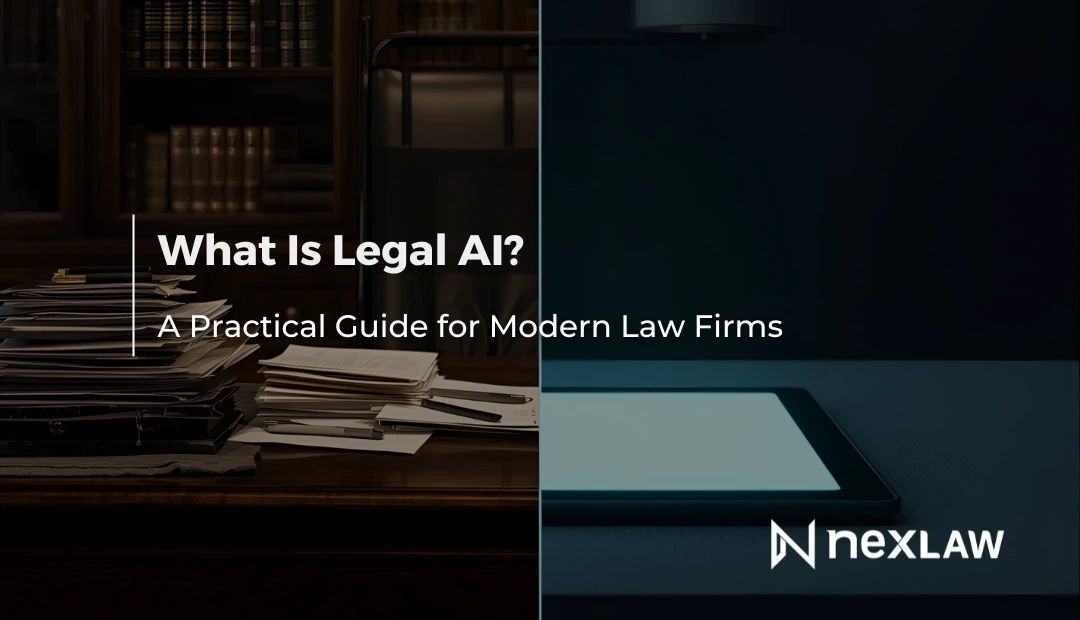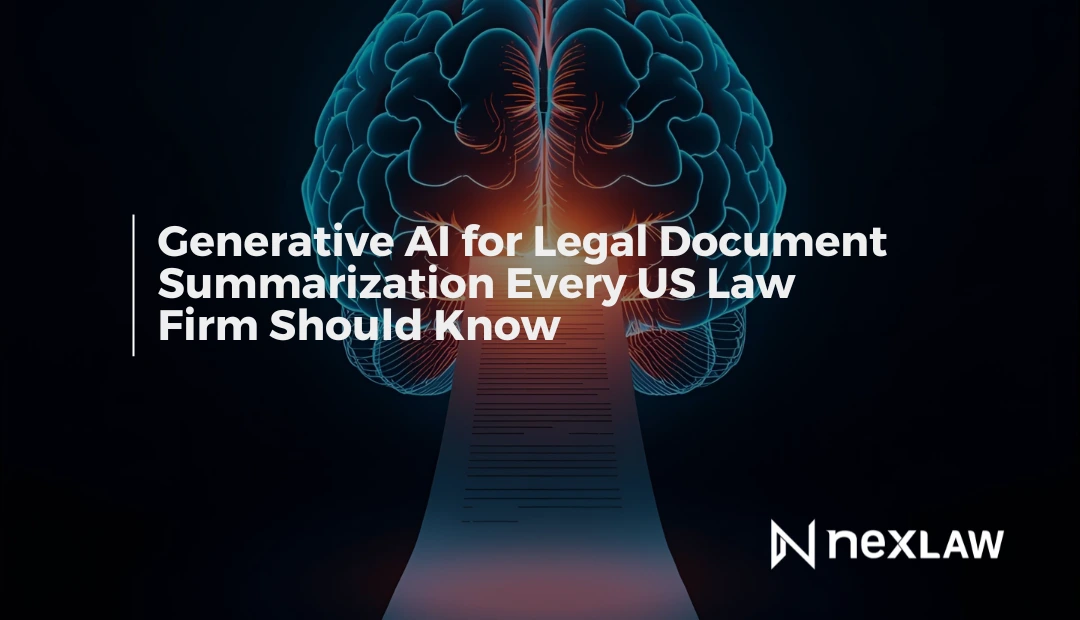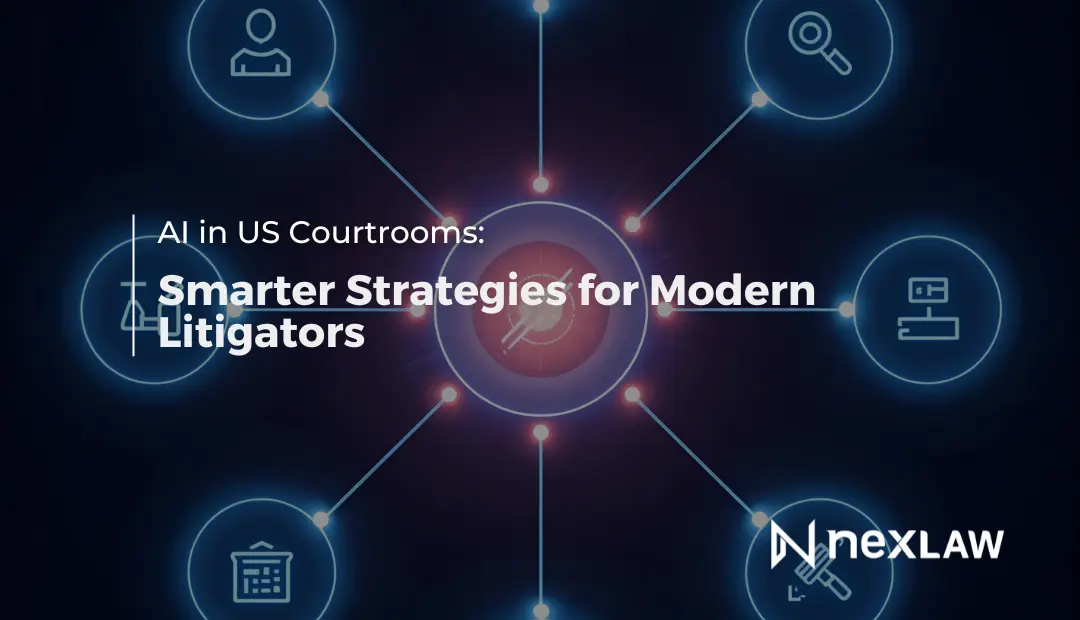From Data to Verdict: How Predictive Legal Analytics Is Changing Case Strategy for US Lawyers
Why Legal Strategy Needs an Upgrade
Litigation in the U.S. has always relied on intuition, precedent, and professional judgment. But in 2025, lawyers who rely solely on those tools risk falling behind. With mountains of legal data available across jurisdictions, a growing number of attorneys are using predictive legal analytics to guide their strategies from case intake through to verdict.
Unlock Legal Insights Instantly!
These AI-powered tools don’t just speed up research. They help legal teams forecast how a judge might rule, estimate case duration, and uncover patterns in motion outcomes across courts. In short, predictive analytics is reshaping the way U.S. litigators build and refine their approach to every case.
What Are Predictive Legal Analytics?
Predictive legal analytics refers to the use of machine learning and AI models trained on past legal data—court decisions, motions, verdicts, appeals, and more—to forecast likely outcomes for similar cases.
These systems do not offer opinions. Instead, they produce probability scores, behavior summaries, and trend visualizations based on real legal history.
Attorneys can use predictive analytics to:
- Assess case strength and risk
- Determine how specific judges handle similar motions
- Evaluate the viability of early settlement
- Predict jury favorability based on case type and venue
- Forecast appeal likelihood based on issue framing
This insight gives lawyers more than just knowledge; it provides strategic foresight.
Real Use Cases Across US Law Firms
Case Screening at Intake
A personal injury firm in Florida began running new cases through a predictive analytics platform as part of its screening process. The tool assessed case type, defendant history, jurisdiction, and judge assignment. It provided a 70 percent chance of successful resolution if the case followed prior motion paths.
When the tool flagged outlier scenarios—such as low success rates on similar claims in that district—the firm used that insight to either decline the case or recommend pre-litigation settlement.
Motion Practice Optimization
A white-collar defense team in New York used predictive analytics to draft a motion to dismiss. By analyzing how the assigned judge had ruled on similar motions in past securities fraud cases, they identified specific phrases and legal references that had historically succeeded.
The revised motion matched the judge’s preferred framing style and was granted in full.
Appellate Risk Forecasting
In Texas, an appellate attorney used predictive modeling to assess whether a recent verdict would likely be reversed. Based on issue type, court history, and judge voting records, the tool predicted a 62 percent reversal likelihood if argued on procedural grounds but only 27 percent on substantive law.
The attorney adjusted their appeal brief to focus on procedural error and successfully overturned the decision.
How These Tools Work Behind the Scenes
Most predictive systems used by U.S. litigators rely on:
- PACER and federal court data
- State court databases and appellate decisions
- Docket activity metadata
- Settlement trends by region and industry
- Machine learning models trained on millions of resolved cases
These tools are often customizable, allowing attorneys to filter insights by case type, venue, motion type, legal issue, and more. Some also offer confidence scores, trend lines, and judge-specific dashboards—giving lawyers both micro and macro views of their litigation landscape.
Benefits for Strategic Legal Planning
1. Faster Decision-Making
With predictive analytics, firms no longer spend days digging through case law to determine risk. They can get preliminary estimates on case strength, judge behavior, and optimal filing strategies in minutes —speeding up client advisories, team meetings, and resource allocation.
2. Smarter Client Counseling
Clients increasingly demand transparency and cost control. Predictive tools allow attorneys to offer probability ranges, risk summaries, and milestone expectations that make budgeting and decision-making easier for the client —especially in corporate or class-action matters.
3. More Confident Negotiation
Knowing how a judge typically rules on summary judgment motions or the success rate of certain claims in a district gives lawyers stronger leverage in settlement talks. When armed with historical outcomes, negotiation moves from guesswork to fact-based persuasion.
4. Trial Strategy Shaping
Analytics can reveal how juries in a certain venue have historically responded to specific defenses or how a judge tends to instruct on particular doctrines. Attorneys can adjust case themes, witness prep, and closing arguments accordingly.
Caveats and Responsible Use
Despite the clear advantages, predictive analytics comes with limits. These tools do not understand nuance or fact-specific differences the way a lawyer does.
Risks include:
- Over-reliance on trends: Just because a motion has failed 80 percent of the time doesn’t mean yours will.
- Incomplete data: State court rulings and local judgments are not always well-indexed.
- Bias inheritance: Models trained on past decisions may reinforce systemic biases if not carefully managed.
- Changing law: New statutes or precedent changes may make older data less relevant.
Lawyers must use these tools responsibly as one input among many and always validate AI-driven insight with legal judgment.
NexLaw’s Predictive Capabilities in Action
At NexLaw, predictive analytics is not a standalone feature. It is embedded across the full litigation workflow to help attorneys act with clarity and speed.
With ChronoVault 2.0, attorneys can:
- Upload case documents and automatically identify timelines, issues, and relevant legal arguments
- Use NeXa to access precedents ranked by strategic value and predicted impact
- Explore judge-specific dashboards showing ruling history, motion trends, and language patterns
- Move seamlessly into TrialPrep, carrying forward insights into evidence preparation, cross-examination planning, and jury strategy
Instead of switching tools or re-entering data, NexLaw’s connected platform lets you build a smarter case strategy from the first file to the final verdict.
The Future of Predictive Strategy in US Litigation
As more firms adopt predictive analytics, the legal market is moving toward:
- AI-based decision trees that guide project management
- Settlement forecasting built into pricing and billing models
- Motion map insights that inform litigation staffing
- Standardized risk dashboards for general counsel and in-house teams
Lawyers using these tools today are not just practitioners. They are becoming strategic advisors who deliver results informed by data and insight.
Build Strategy, Not Just Arguments
Great arguments win cases, but strategy determines which arguments matter most. Predictive legal analytics empowers US attorneys to prepare smarter and compete with confidence.
Whether you are screening a case, preparing a motion, or planning for trial, NexLaw helps you move from guesswork to strategic clarity.
Start your 3-day free trial of NexLaw today and see how ChronoVault 2.0, NeXa, and TrialPrep turn raw data into results across your litigation workflow.
